Saudi minister resumes work after detention in corruption probe
A Saudi minister, who was incarcerated as part of a so-called anti-corruption purge, has attended a cabinet meeting after he was “proven innocent,” Saudi media say.
On Tuesday, the Twitter account of the official Saudi Press Agency posted pictures of Saudi King Salman, Crown Prince Mohammed bin Salman and the minister, Ibrahim Assaf, at the meeting.
Assaf is a minister of state, ex-finance minister and a board member of the kingdom’s oil giant Aramco. He was among over 200 Saudi princes, ministers and business elite who were detained in November. They have been reportedly held at Ritz-Carlton hotel in Riyadh, turning it into a luxury prison as part of the purported anti-corruption probe.

According to Saudi newspaper Sabq, which is close to the government, Assaf “resumed work” after being “recently proven innocent and leaving the Ritz-Carlton.”
He stood accused of exploiting his office to buy lands as embezzlement in connection with a project to expand Mecca’s Grand Mosque, Reuters quoted a Saudi official as saying.
Many of the detainees have been released so far after forking out exorbitant sums.
The most powerful son of the former Saudi king, Prince Miteb bin Abdullah, bought his freedom for $1 billion.

The crackdown in Saudi Arabia is widely believed to be aimed at consolidating the crown prince’s grip on power; but it is also speculated that the kingdom is seeking to rejuvenate its economy — hit hard by the fall in oil prices and a costly and protracted war on Yemen — by extorting money from the detainees.
Bin Salman who has attempted to portray the whole process as an “anti-corruption fight,” has meanwhile been splurging money abroad himself.
Last month, it was reported that bin Salman had used a “proxy” to buy Leonardo da Vinci’s painting, the Salvator Mundi, at a record price of $450 million at an auction, and a yacht for $500 million.
Also in December, an investigation by The New York Times named Salman as the owner of the Chateau Louis XIV, a mansion outside Paris, which had been sold to him for more than 300 million dollars back in 2015.
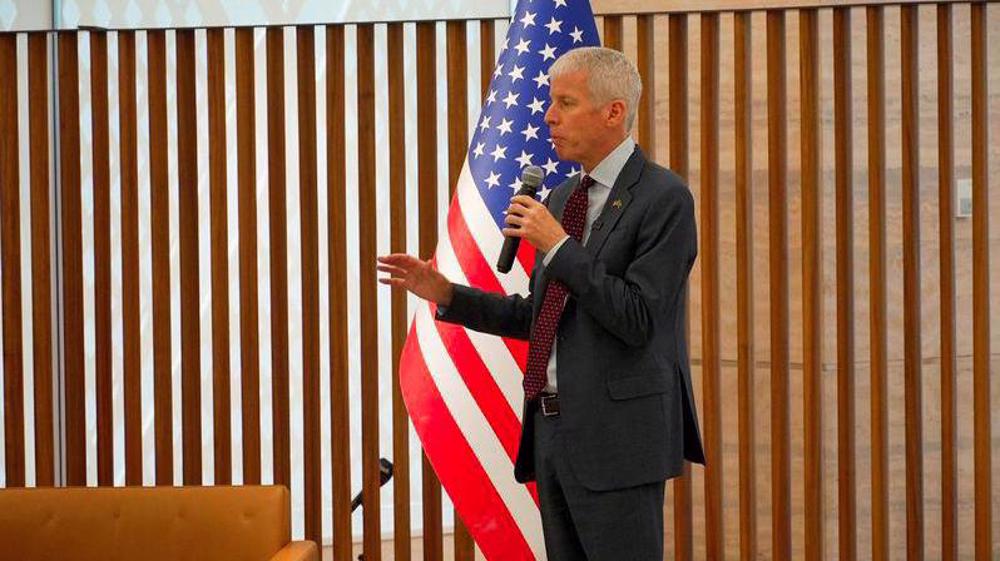
Saudi Arabia, US to sign agreement on civil nuclear program: Energy secretary
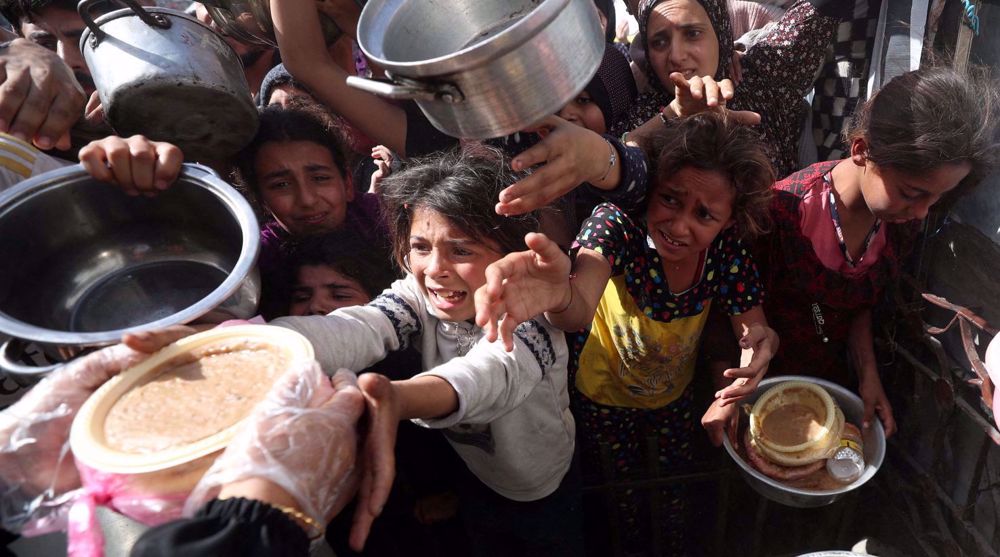
Saudi Arabia calls for 'maximum pressure' on Israel as UN warns of ‘longest Gaza blockade’
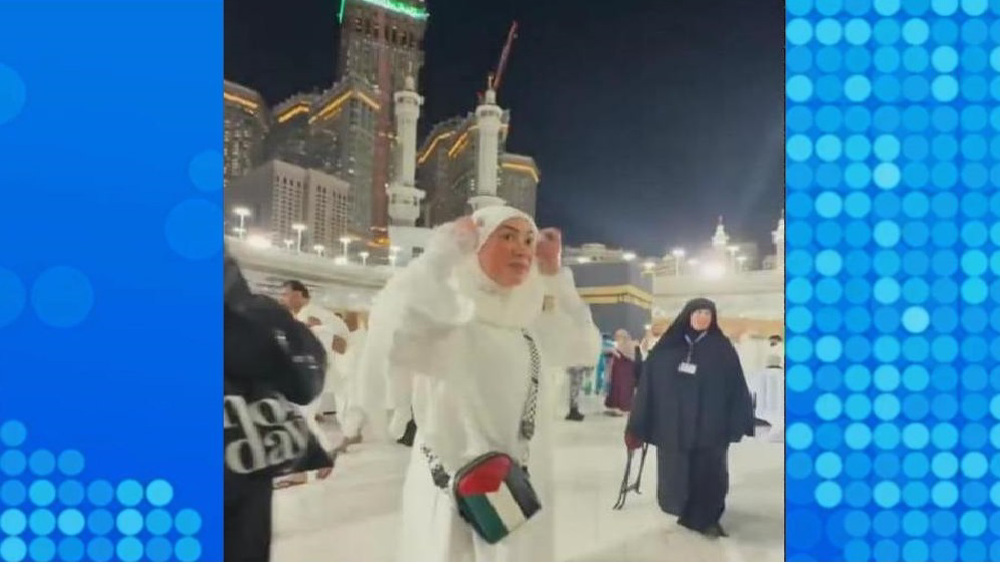
Saudi police ‘detain’ female pilgrim for displaying Palestinian flag in Mecca
US airstrikes on Yemen's Ras Isa oil port kill 33 people
VIDEO | Failed US policy reinstated
Nine US military planes deliver bunker-busting bombs to Israel: Israeli media
Iranian FM submits Leader’s written message to President Putin
Israeli minister: Troops to remain in Gaza, Lebanon, Syria ‘indefinitely’
Iran takes four countries to World Court over 2020 downed jet
Advocacy group files war crimes case in US against Israeli soldier
Israel secures 6-month delay in Gaza genocide case at ICJ


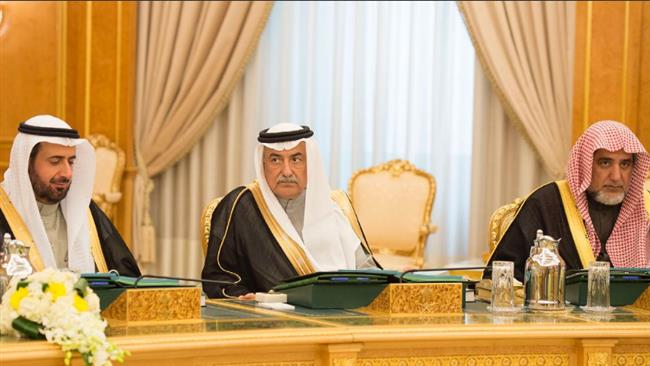



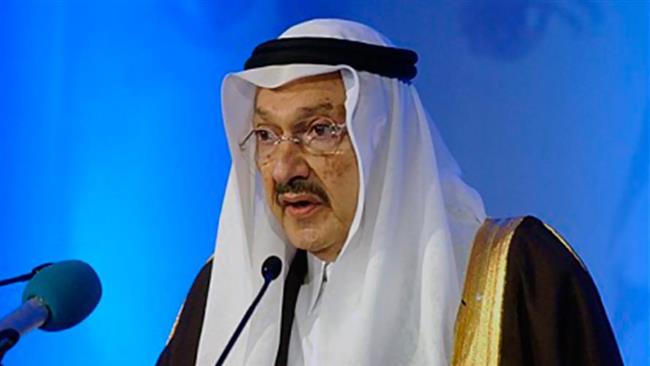
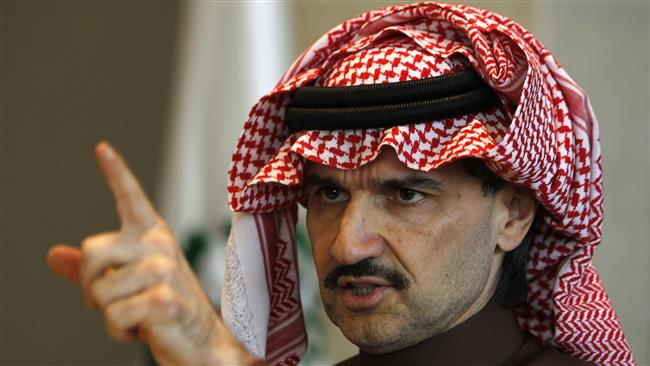

 This makes it easy to access the Press TV website
This makes it easy to access the Press TV website